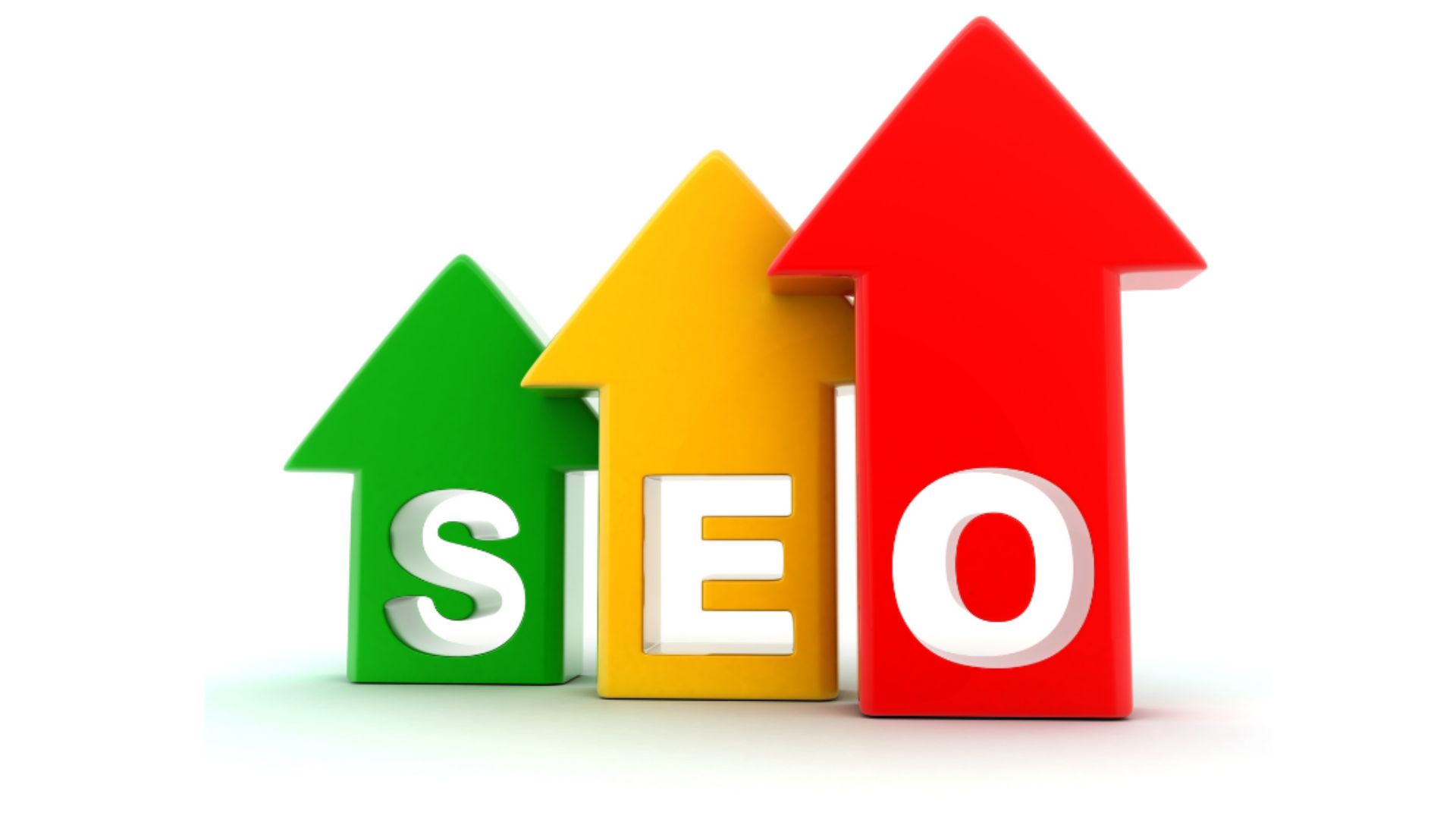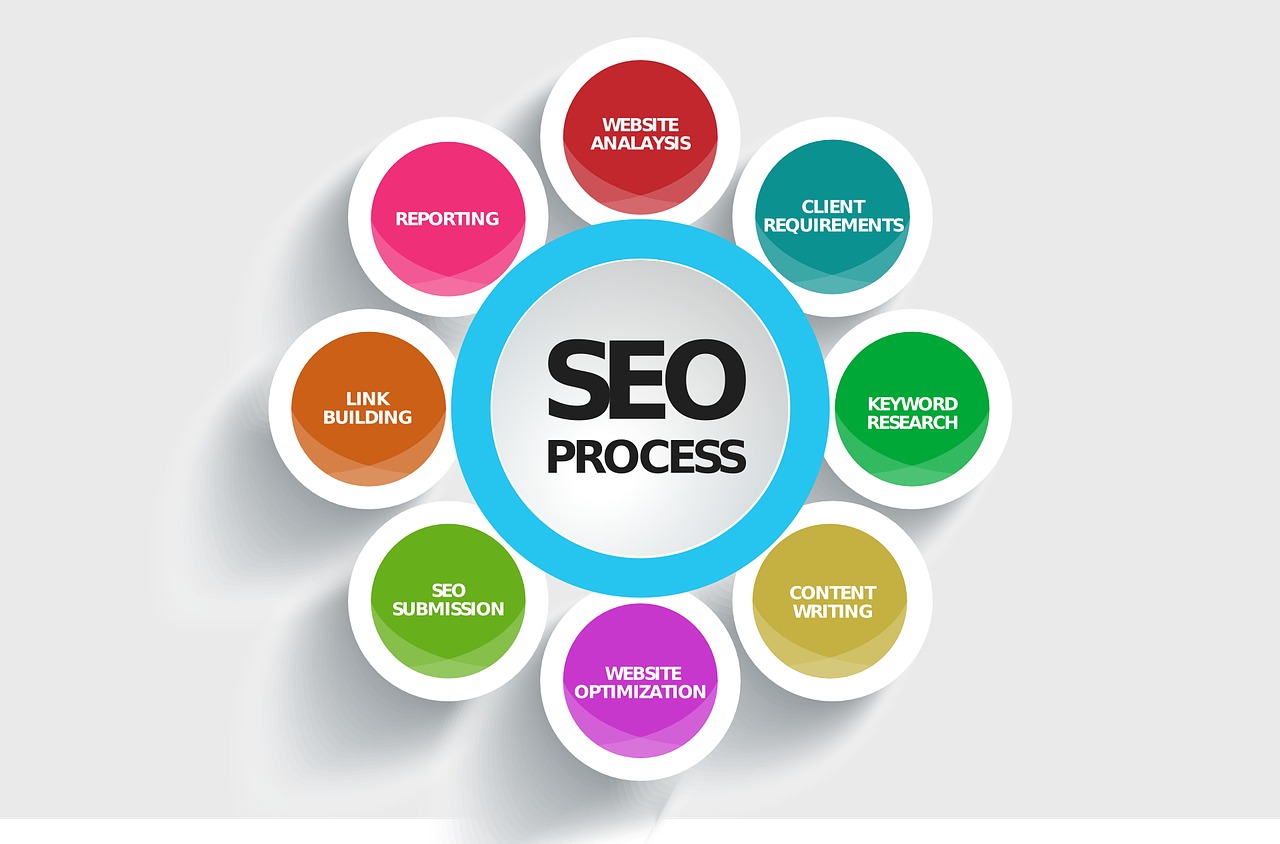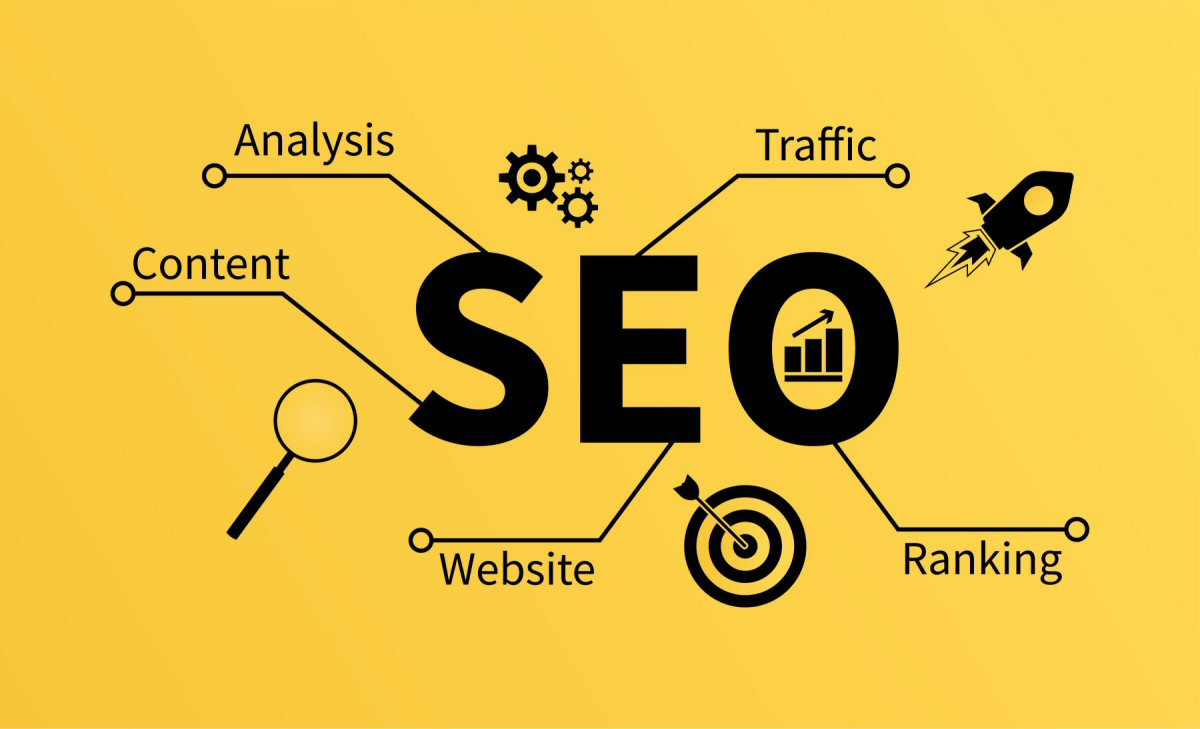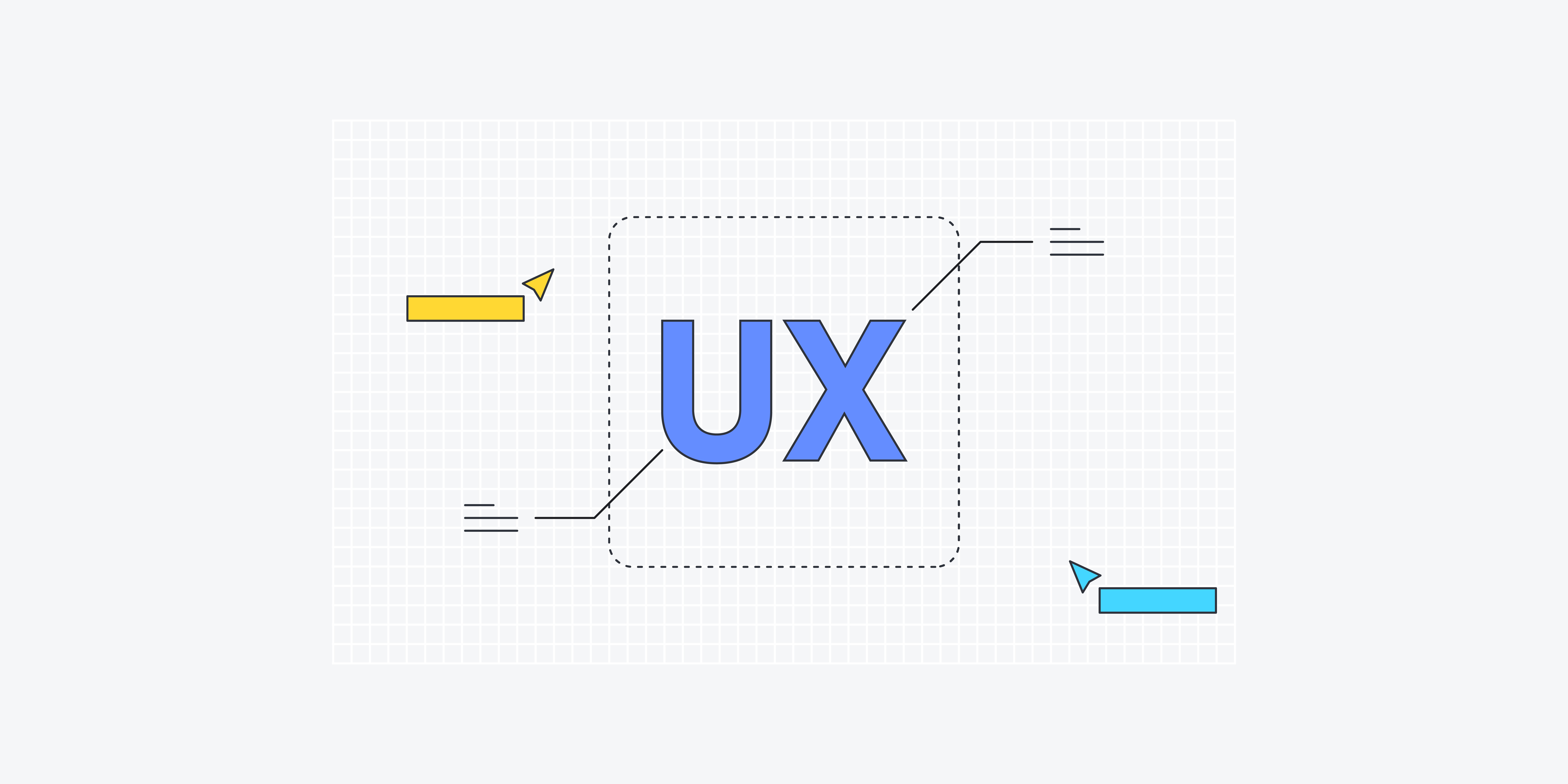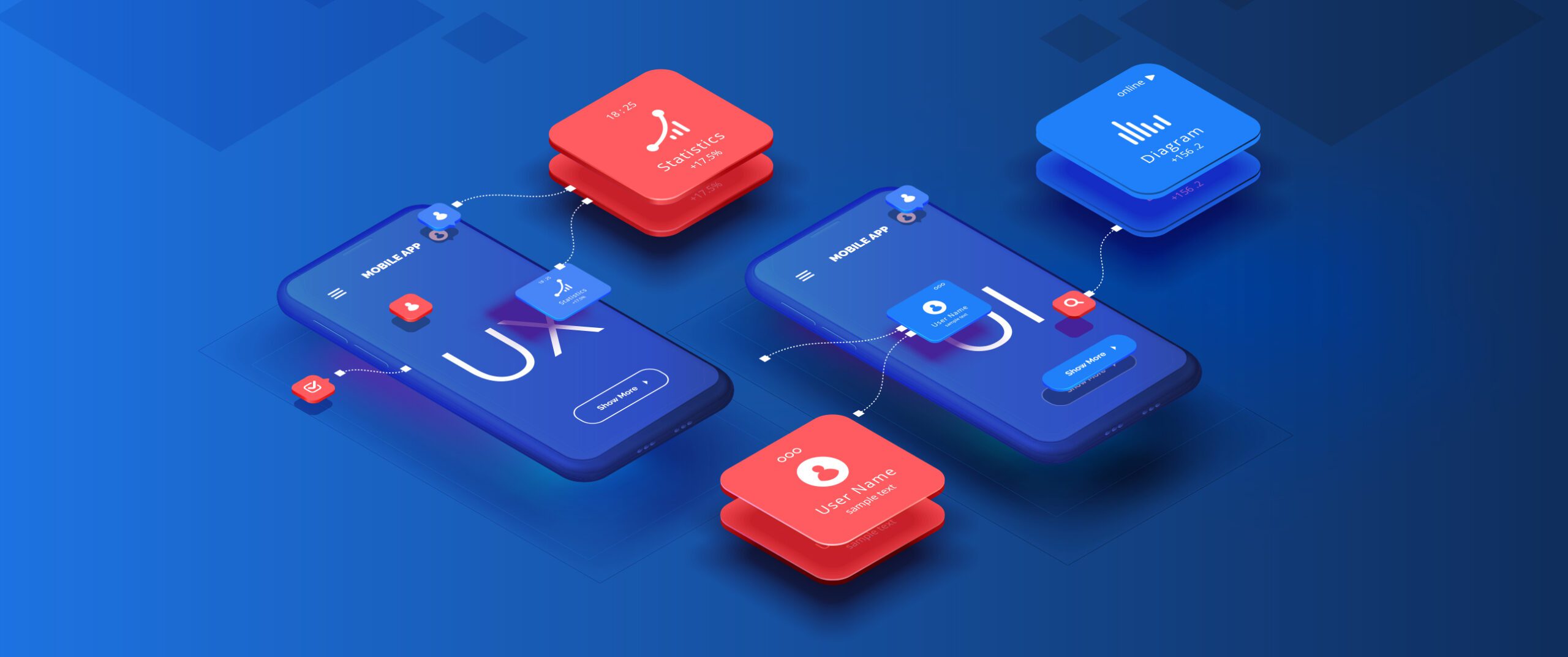
In the digital world of today, more is needed to have a well-designed website to get and keep people. Designing for user experience (UX) and user interface (UI) is an essential part of making a website that not only looks good but also works well. But people often need to remember that UX/UI design and search engine optimization (SEO) are linked.
People who are new to marketing often think that SEO is only about buzzwords and building links. These are essential parts of your plan, but SEO is much more than that. Google ranks websites based on many things, but the most important ones are those that affect the user experience (UX). In this article, we will explore the connection between UX design and SEO.
What Is UX?
User Experience (UX) is about making websites enjoyable and easy to use. When a website is user-friendly, people stay longer and are more likely to buy things. Improving UX means making the website better for users by helping them find information quickly. Google looks at how easy a website is to use when deciding how to rank it.
If you make your website more user-friendly, it will rank higher on Google, get more visitors, and more people might buy things. UX design focuses on making products or services user-friendly and enjoyable, using things like easy-to-understand menus and designs to make people happy when using them.
What Is The Concept Of SEO?
SEO stands for "search engine optimization." This is the process of making changes to a website so that it shows up higher on search engine results pages (SERPs). This means making sure that different parts of a website, like the text, meta tags, and backlinks, work well with search engine algorithms. The goal is to improve a website's online visibility and get more inbound traffic.
Why Is UX Important For SEO?
UX design and SEO are both essential to the success of a website. UX design focuses on the user experience and happiness, while SEO works on making a site more visible and easy to find on search engines. When you combine these two fields, you get a method that works better for both people and search engines.
How people find your website and how they use it are both parts of the user experience. It covers UX and how people act when they visit your site. Getting your site on the first page of Google is the primary goal of UX optimization. This will bring in more visitors and boost the conversion rate.
As a sales funnel goes from "Top of the funnel" (TOFU) to "Bottom of the funnel" (BOFU), user experience improvement is a part of all three. When it comes to an e-commerce site, UX is essential for things like getting new customers and keeping old ones. An SEO strategy is only complete once the site visitors are actively turned into customers. People who visit your site will find what they're looking for if you focus on UX.
Here are the main reasons you should spend money to make your website's UX better -
- Your SEO score goes up, and your site ranks higher in search engines.
- This will help your website or online store stand out, which will help your brand.
- Increases the rate of turnover to make the most sales.
- It keeps people on the site for a long time and helps keep users coming back.
- Try to give people good experiences so they will stay loyal to the brand.
- Builds trust in your company, product, or service, which helps you build a long-term relationship with your users.
User experience is about providing the information your customers need and making them happy. For both new and old users, it changes how they see your brand. When you improve UX, you give people a more personalized experience, which keeps them coming back for a long time.
Factors Where UX Design Directly Connects With SEO
Page Speed And UX
Page speed is an essential way that UX/UI design is closely linked to SEO. People expect websites to load quickly, and search engines use page speed to decide where to rank sites. A well-thought-out user interface can help pictures and information run faster and work better for the user. Over 80% of individuals anticipate web pages to load within three seconds or quicker. (Source - WebFX)
Mobile Responsiveness And User Satisfaction
The majority of internet users (70%) use mobile devices, and a significant 74% express a higher likelihood of revisiting a website if it is mobile-friendly. With more and more people using phones, you need a website that works well on phones.
Websites that are mobile-friendly not only do better in mobile search results but also make users happier. A UX/UI design that works well on all devices makes sure that users have the same experience on any platform they choose.
User Engagement And Dwell Time
Users are more likely to stay on a website longer if it has exciting UI features and a smooth UX. This longer stay time tells search engines that the material is valuable and essential to users, which is suitable for the website's SEO results.
Reduced Bounce Rates
The number of people who visit a website but only look at one page is called the "bounce rate." If your website has a high return rate, it can hurt your SEO. By using a simple UX/UI design, you can make your site easy for people to use and encourage them to look at more than one page, which will lower your return rate.
Content Visibility And Information Architecture
Your website's information will be grouped sensibly and be easy to find if you have a well-structured UX/UI design. Search engines can better process your pages if you have clear access and well-labeled groups. This makes your information more visible.
Social Sharing And Link Building
Engaging in UX/UI design can get people to share your content on social media, which can give you more publicity and possibly backlinks. Quality backlinks and social signs are essential parts of SEO that help your site rank better in search results.
Structured Data Markup And Rich Snippets
Implementing structured data markup in the UX design allows search engines to understand the content on your website better. Rich snippets, such as star ratings, images, and additional information, enhance the appearance of search results, increasing click-through rates. A well-designed user interface can incorporate structured data seamlessly, providing a more informative and visually appealing search result presentation
Optimized Url Structures
A user-friendly URL structure, achieved through thoughtful UX design, contributes to both user experience and SEO. Clear and descriptive URLs make it easier for users to navigate your site and understand the content hierarchy. Search engines also favor easily understandable URLs, impacting the overall crawlability and indexation of your website.
Internal Linking And Navigation
Strategic internal linking, facilitated by an intuitive UX/UI design, enhances website navigation and encourages users to explore related content. From an SEO perspective, internal linking distributes link equity across pages, improving the overall authority of your website. A well-designed navigation system ensures that both users and search engine crawlers can easily navigate and understand the site structure.
Responsive Images And Media Optimization
Integrating responsive images and optimizing media elements within the UX design not only enhances user experience but also positively influences SEO. Search engines consider the optimization of images and multimedia for faster loading times, which aligns with user expectations. A well-crafted UX/UI design ensures that media elements are appropriately sized and compressed, contributing to improved page speed and, consequently, better SEO performance.
What Is SXO?
SXO stands for search experience optimization. SEO and user experience have been related for a long time. SXO blends UX and SEO ideas because many improvement methods have an effect on both results and how users interact with a website at the same time.
This is what SXO aims to do - make websites that search engines and people love. Its goal is more than just getting better ranks in SERPs. SXO tries to make the whole process of using the website, from searching for something to interacting with it, as smooth as possible for users. This increases sales and growth in income through organic traffic.
Here are some things you can do to win the SXO game:
- Understand search intent- Do a lot of study on keywords and look at how people use the site to learn what they're looking for and how to make content that meets their needs.
- Create high-quality content- Make content that is useful, interesting, and helpful to get people to visit your website and let search engines know that it is worth it.
- Understand technical optimization- SXO requires a thorough understanding of technical optimization. Making sure your website is indexed correctly, audited, and debugged, as well as making it run faster, can help users find more efficiently and boost your results.
- Polish UX/UI - To improve the general user experience, make sure your website is well-structured and has precise information architecture, easy-to-use access, and features that make it fun to use.
Why Is SXO So Important?
SXO is essential because it understands how search performance and user experience are linked. Businesses can't just depend on doing well in search results anymore because there is more competition online. Also, they need to make sure that users have a good time when they get there. This will build trust, make people loyal to the brand, and eventually lead to sales.
Google's Emphasis On UX
When we talk about UX and SEO, we're getting to the heart of what makes a site work. Keep this phrase in mind, “When users are happy, search engines are happy!" This two-way relationship shows that a good SXO approach doesn't just make users happy; it also makes a website much more visible and higher in search results.
So why do Google and other search engines care so much about how users feel? This is because Google wants to give its people the best search experience possible. Google has put a lot of thought into the user experience (UX) of all of its goods and services.
This is clear from the fact that the company is constantly adding new features and changes that help them understand how and why people use their services, as well as their efforts to give users better results and material that they can trust.
Google's dedication to UX is also evident in the way that UX, engineers, and product management work together as equals to create products and strategies. Google also has a certificate program called the User Experience (UX) Design Professional Certificate.
This program teaches the basics of UX design and research, such as how to understand users' needs, create wireframes and prototypes, and use research to test designs. This focus on UX shows how important it is to give people enjoyable, easy-to-reach, and unified experiences across digital and real goods.
How To Measure SXO?
It would help if you came up with a few key measures to rate SXO. You can see what's going on with your search experience improvement by reading the steps below.
Pay Attention To Your Bounce Rate
This measure is about people who went to your website but didn't do anything afterward. Check out the pages that may have a high "bounce rate." Potential buyers may leave your site if it takes too many steps to place an order, there are extra costs like fees, or there isn't an easy way to pay. Look for these kinds of problems on your website and fix them. Remember that a bad experience can affect your sales and income.
Analyze Click-Through Rate
Find out how many people clicked on the link to your site on the search engine results page with Google Search Console. It can help you choose whether to change the meta tags, the ads, or the code itself.
Calculate Conversion Rates
Calculating changes will help you see if you were able to meet your goal of getting new customers. If your sales and customer base go up, that means your SXO plan is working.
Estimate The Average Time Visitors Spend On Your Website Or Page
People will stay on your website longer and read more stories if the content is good and exciting. Time will show you if your content is interesting and meets the wants of your users.
See Your Organic Traffic
After taking the steps we've already talked about, you need to look at the results. Check to see if the material you put out gets and speaks to the people you want to reach. There are changes in your inbound traffic that you should look at since you started working on your SXO.
Frequently Asked Questions
What Is The Role Of UX Design In SEO?
UX design impacts SEO by improving user experience, leading to more extended user engagement, reduced bounce rates, and increased content visibility.
How Does Page Speed Affect Both UX Design And SEO?
Faster-loading pages, achieved through UX/UI design optimizations, enhance user satisfaction and contribute positively to SEO rankings.
Why Is Mobile Responsiveness Crucial For Both UX And SEO?
Mobile-friendly websites improve user satisfaction, increase mobile search rankings, and contribute to a positive user experience, aligning with SEO goals.
How Does User Engagement Influence SEO Rankings?
Engaging UX/UI design elements encourages users to spend more time on a website, signaling search engines that the content is valuable and relevant, positively impacting SEO.
Final Words
the connection between UX design and SEO is integral for the success of a website in the digital landscape. While UX design focuses on creating an enjoyable, accessible, and user-friendly experience, SEO works to enhance a site's visibility and accessibility on search engines.
The symbiotic relationship between these two fields is crucial for achieving higher rankings, increased traffic, and improved conversion rates. As users' behaviors and expectations influence both UX and SEO, it is imperative to invest in UX/UI design that aligns with SEO best practices.
Moreover, the emergence of SXO, or search experience optimization, highlights the growing importance of harmonizing UX, SEO, and technical optimization to create a seamless and enjoyable online experience that meets users' needs and fosters brand loyalty. Ultimately, when users are happy, search engines are happy, leading to a successful online presence.
